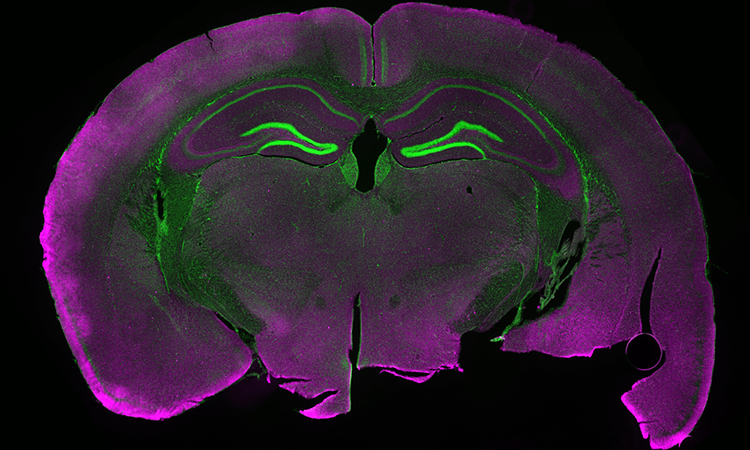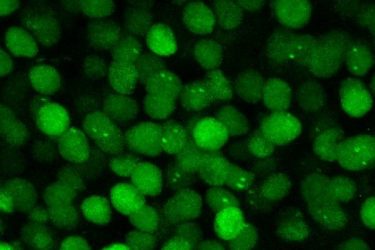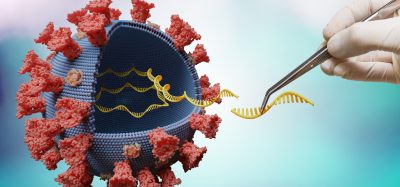Visualising mRNA molecules in the brains of living mice
Posted: 8 July 2022 | Ria Kakkad (Drug Target Review) | No comments yet
Scientists have developed a new imaging technique that allows researchers to see gene expression and mRNA molecules in the brains of live mice in real time.


Researchers from the University of Minnesota Twin Cities have developed a new technique that allows scientists and engineers to, for the first time, visualise mRNA molecules in the brains of living mice. The research, which was recently published in Proceedings of the National Academy of Sciences, reveals new insights into how memories are formed and stored in the brain and could provide scientists with new information about diseases such as Alzheimer’s.
“It is well known that mRNA synthesis is important for memory, but it was never possible to image this in a live brain. Our work is an important contribution to this field. We now have this new technology that neurobiologists can use for various different experiments and memory tests in the future,” explained Associate Professor Hye Yoon Park.
The team’s process involved genetic engineering, two-photon excitation microscopy, and optimised image processing software. By genetically modifying a mouse so that it produced mRNA labelled with green fluorescent proteins (proteins derived from a jellyfish), the researchers were able to see when and where the mouse’s brain generated Arc mRNA, the specific type of molecule they were looking for.
Because the mouse is alive, the researchers could study it for longer periods of time. Using this new process, the researchers performed two experiments on the mouse in which they were able to see in real time over a month what the neurons were doing as the mouse was forming and storing memories.


A University of Minnesota Twin Cities-led team has developed a new technique for imaging mRNA molecules in the brains of living mice. By genetically modifying a mouse so that it produced mRNA labeled with green fluorescent proteins (shown above), the researchers were able to see when and where the mouse’s brain generated Arc mRNA
[Credit: Hye Yoon Park, University of Minnesota Twin Cities].
Historically, neuroscientists have theorised that certain groups of neurons in the brain fire when a memory is formed, and that those same cells fire again when that moment or event is remembered. However, in both experiments, the researchers found that different groups of neurons fired each day they triggered the memory in the mouse.
Over the course of several days after the mouse created this memory, they were able to locate a small group of cells that overlapped, or consistently generated the Arc mRNA each day, in the retrosplenial cortex (RSC) region of the brain, a group which they believe is responsible for the long-term storage of that memory.
“If we can understand how this happens, it will be very helpful for us in understanding Alzheimer’s disease and other memory-related diseases. Maybe people with Alzheimer’s disease still store the memories somewhere—they just cannot retrieve them. So, in the very long-term, perhaps this research can help us overcome these diseases,” concluded Park.
ICYMI: Scientists have identified the molecular mechanisms behind learning and memory
READ MORE
Related topics
Disease Research, Gene Testing, Genetic Analysis, Genomics, Imaging, Microscopy, Neurosciences, RNAs
Related conditions
Alzheimer’s disease
Related organisations
University of Minnesota Twin Cities
Related people
Associate Professor Hye Yoon Park








